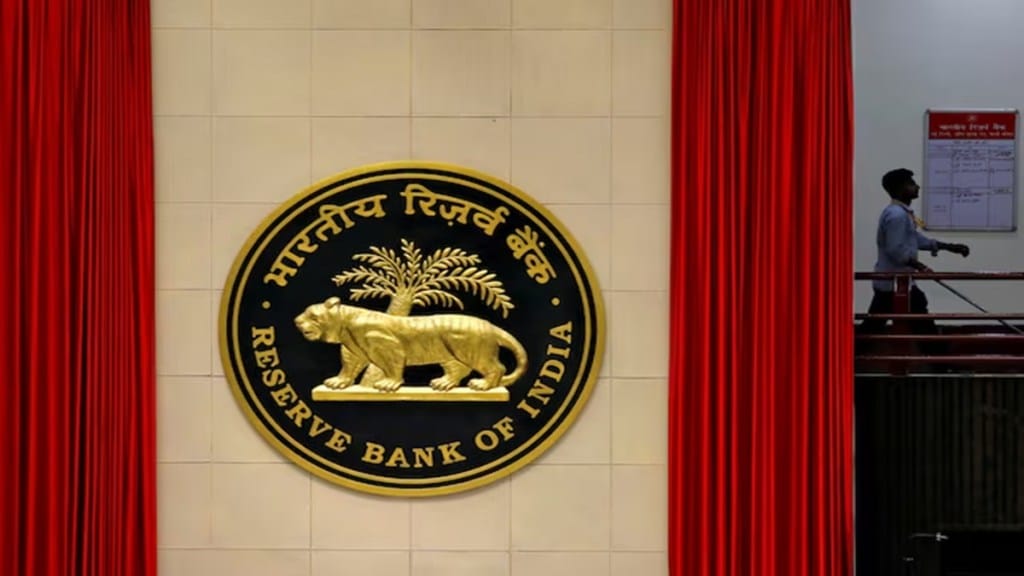With the rupee coming under pressure in the past few weeks, the Reserve Bank of India (RBI) has increased its bets in the non-deliverable forwards (NDF) markets. The intervention via this route ensures that there is no impact on the forex reserves, but it is reflected in the RBI’s balance sheet based on the profit or loss when the contract matures.
According to forex dealers, RBI’s average daily short position in the NDF market is around $2 billion. Between September and October, the central bank’s aggregate short foreign currency in forwards and futures positions jumped three times to $49.2 billion, according to data from Clearing Corporation of India.
As per market estimates, the short positions of RBI in NDF may increase to $65-70 billion in November. Some see it to be higher at $90-100 billion. It has taken some positions in the dollar buy/sell swap. RBI has done around Rs 300 crore in dollar buy/sell swaps on Wednesday, forex traders said, adding that it had done swaps of around $3 billion last week.
The rupee, meanwhile, has fallen 1.25% or 105 paise since September 19, when the US Federal Reserve cut interest rates for the first time.
Usually, when the RBI intervenes in the NDF market, it tries to curb the volatility in the rupee’s opening levels. In the present scenario, where there is a huge pressure on the rupee, without intervention, the opening level may slip at a faster clip from previous closes, said forex traders.
“NDF settlement rates are set by FBIL (Financial Benchmark of India), and those NDF levels determine the opening level of the rupee in the spot market. So, intervening in NDF gives RBI a way to control the rupee’s opening level, thereby curbing volatility for the whole day,’ said a forex trader with a state-owned bank.
Additionally, it has also been resorting to dollar buy/sell swaps to defer demand for dollars over months. RBI’s likely dollar sales, in the past few weeks aimed at curbing the rupee losses, have also led to a shortage of cash in the system.
Going ahead, the central bank may resort to more such moves as the demand for dollars is expected to rise further with Donald Trump becoming US President in January. There could also be introduced a dollar swap of two years.
“RBI will use these tools, the NDF market and forex swap, intermittently to manage the volatility in the currency market. Also, NDF works 24/7, so it makes it easier for them to take positions, keeping movement in foreign markets in mind,” said a trader with a private bank.

